Cooperation is a wonderful thing, especially when two groups that don’t always see eye to eye work toward a common goal.

Since 2006, I have worked closely with several avid musky anglers to mark and recapture muskellunge in a number of local waters. This work uses PIT (Passive Integrated Transponder) tags to develop population metrics for muskies in waters that may be difficult to sample by traditional means.
The most difficult waters to sample are riverine systems, including reservoirs. The open nature of these systems makes capturing muskies very difficult because they continually enter and leave them via upstream rivers or downstream migration through a dam or barrier. This movement is termed immigration (entering the system) or emigration (leaving the system).
In Wisconsin, most population surveys take place in the spring. This is when many of our major game fish spawn and can be found congregated in predictable areas — except rivers and some reservoirs. Muskies in reservoirs, along with walleyes and other species, often make significant upstream movement in the spring, leaving the reservoir to spawn or feed in the upstream watershed. Unpredictable hydrological conditions in rivers make them nearly impossible to survey effectively.
You can imagine how difficult it might be to count fish in a water body when you have no idea how many fish are entering or leaving, not to mention how many might be dying or being born each year! It’s a monumental task.
Scientists continually work to try to find new ways to estimate population metrics, and therefore better manage fisheries. At the end of the day, anglers want the same thing!
Researchers in Ohio worked with anglers to supplement fisheries mark-recapture data to better manage a stocked population in Clear Fork Reservoir.
This story is from the {{IssueName}} edition of {{MagazineName}}.
Start your 7-day Magzter GOLD free trial to access thousands of curated premium stories, and 9,000+ magazines and newspapers.
Already a subscriber ? Sign In
This story is from the {{IssueName}} edition of {{MagazineName}}.
Start your 7-day Magzter GOLD free trial to access thousands of curated premium stories, and 9,000+ magazines and newspapers.
Already a subscriber? Sign In
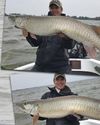
What can Current Do For You?
WATER FLOW IN LAKES IS SUBTLE AND OFTEN OVERLOOKED. BUT MUSKIES USE IT, SO WHY SHOULDN’T YOU?
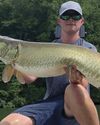
Mountain State Muskies In Spring
CATCH MUSKIES DURING TIMES WHEN NOTHING IS PREDICTABLE
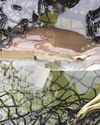
Winter Presentations For Southern Rivers
Winter has arrived, yet in the South it’s still mild enough to keep fishing with the exception of maybe a week or two of an Arctic front.

Tune Up For The Season Ahead
Have you started making your plans for the upcoming fishing year?

Rob Manthei
Guide Rob Manthei’s love for the Vilas/Oneida County region of northern Wisconsin is deeply rooted. His father and grandfather started taking him there on fishing trips when he was just two years old, and he began guiding full-time at the age of 25.
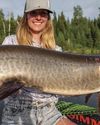
Find The Right Structure In Deep, Clear Water
With breathtaking scenery, vast amounts of water, and complex and diverse structure, clear water Canadian Shield lakes offer some of the most sought-after musky fishing in the world. A bucket-list destination for the passionate and determined angler, there’s something truly special about being in the sanctuary of the great Canadian Shield lakes.
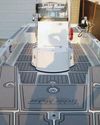
Multi-Species Or Bay Boat ... You Make The Choice
Is there really such a thing as a perfect musky boat? There are so many variables to choose from in the market today. Do I want a casting or trolling boat? Aluminum or fiberglass? Welded or riveted? Do I want a tiller, side console, dual console, or full windshield?
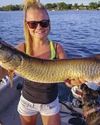
Region To Region
Region To Region
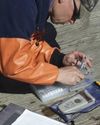
Genetic Study Yields Answers
STUDY SUGGESTS LEECH STRAIN IS NOT THE ‘SILVER BULLET’ FOR WISCONSIN MUSKY WATERS
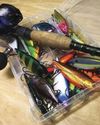
Crawling Crankbaits To Catch Cold Water Muskies
Crankbaits catch plenty of muskies during spring, summer and fall, but the key to catching ’skies in the very early cold water season on these lures involves some special tricks.